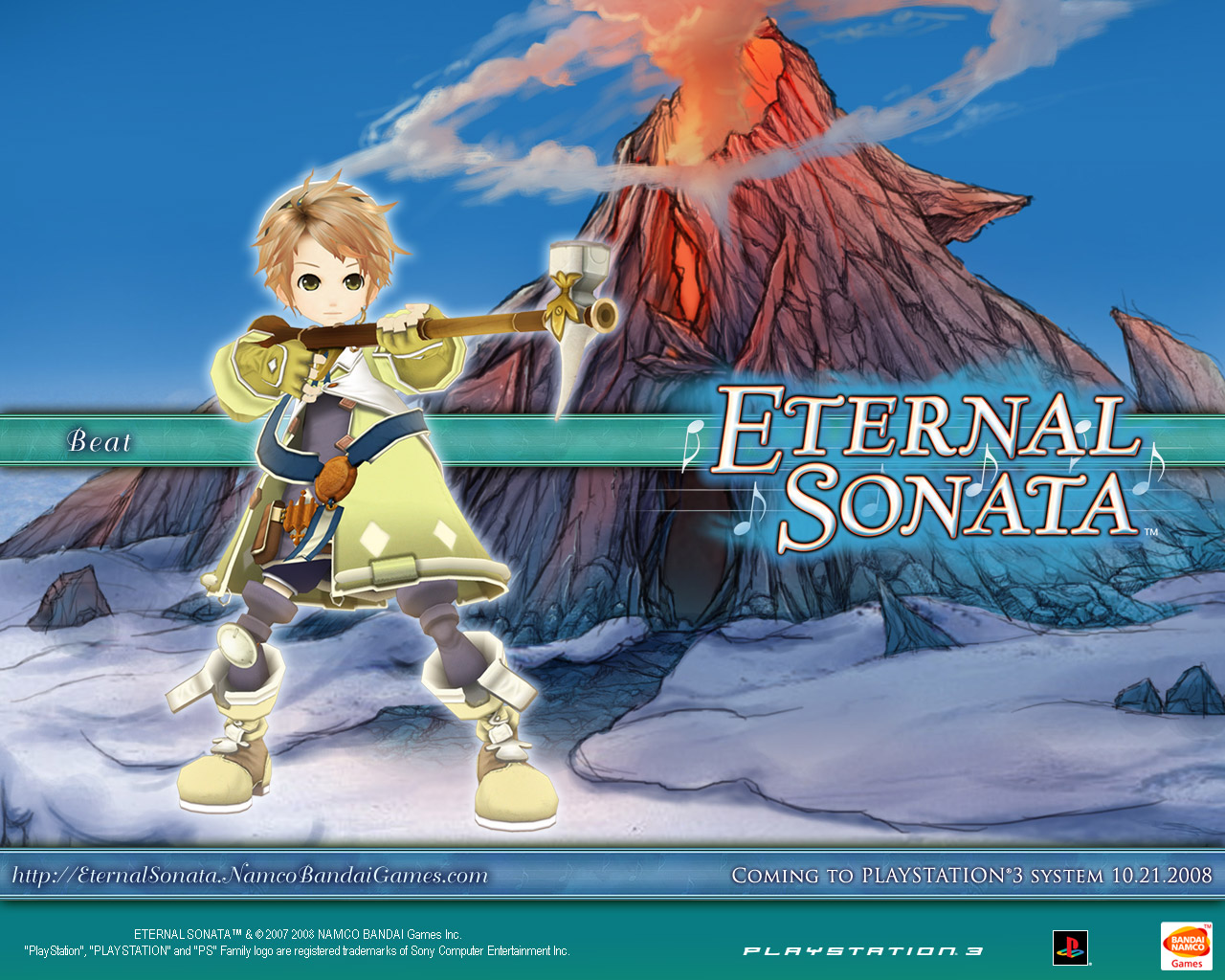

In contrast to the dramatic da capo aria, thriving off contrast, this through-composed piece maintains its rapt mood and dignified pace throughout, unfolding in a single, glowing musical arc, like a beam of light pouring through a stained glass window.īut if Handel’s time in England focused his talents in a new direction, his musical style remained indebted to his time spent travelling in Italy. The trumpet may echo and amplify the singer, but remains a supporting player rather than an equal in this striking lovely opening movement from Handel’s Ode for the Birthday of Queen Anne. The relationship between solo voice and obbligato trumpet in the composer’s 'Eternal source of light divine' is a very different one. The exquisite vocal line is, in many ways, simply a foil for the gilded, filigree ornamentation of the cello writing, which embellishes without ever weighing the melody down. Soprano aria 'What passion cannot Music raise and quell' pairs its solo singer with an obbligato cello-an idealised musical portrait of Jubal’s lyre, the 'chorded shell' from which he draws his 'celestial sound'. Reduced down to chamber forces, the dance’s more questioning, episodic central section gains a new angularity and unmoored interest, while the long melody lines of the outer sections are delicately spun by single strings.Ĭomposed over the course of just 10 days in 1739, the Ode for St Cecilia’s Day is another work that takes advantage of pre-existing material, in this case a set of harpsichord suites by Muffat that are ingeniously reinvented by Handel to quite new effect. The graceful, lilting Passacaille takes its melody from the composer’s 1720 opera Radamisto. The later Trio Sonata in G major HWV399 is another musical magpie, this time stealing themes from Handel’s operas and ballet music. Cast in three sections, this da capo-like movements sets a minor-key middle section between the blazing joy and energy of the outer parts, built around an urgent dialogue between the trumpet-the instigator of each lively, combative exchange-and the rest of the orchestra. Handel later created a reworking of this suite featuring Horns in F and here, in this specially arranged version by Mark Bennett, we see the re-emergence of the trumpets, but this time in C major.

The original suite was famously composed for King George I’s outdoor concert on the Thames, and the punchy brilliance of the melodies was carefully designed to ensure that they carried the long distance to their audience.

We begin with a triumphant trumpet fanfare, with the opening movement of the Concerto in C HWV331-music best known from Handel’s Water Music suite in D. More pragmatically, these were functional works often composed to tight deadlines, as the extent of the composer’s musical borrowings-both from himself and others-makes clear. The orchestra too was amplified by both, enriched with new colours, instruments and rhetoric, and it’s this particular innovation that emerges most clearly here in a programme that sets music from Rameau’s operas alongside Handel’s concert works, putting solo woodwind, strings and trumpet in the spotlight alongside the solo voice.Īlthough steeped in the Italian tradition of opera, the Handel we meet here is very much the adoptive Englishman, producing music to serve the tastes and pursuits of his wealthy patrons, works intended to entertain but also to reflect the wealth, taste, nobility and faith of their commissioners. Near contemporaries, the two composers both inherited a genre governed by convention and artifice, each bending and softening it into something more mutable, more human, exploiting not only its expressive but its dramatic potential. Georg Friedrich Handel (1685-1759) and Jean-Philippe Rameau (1683-1764)-twin musical giants of the 18th century, each the king of his own operatic tradition.


 0 kommentar(er)
0 kommentar(er)
